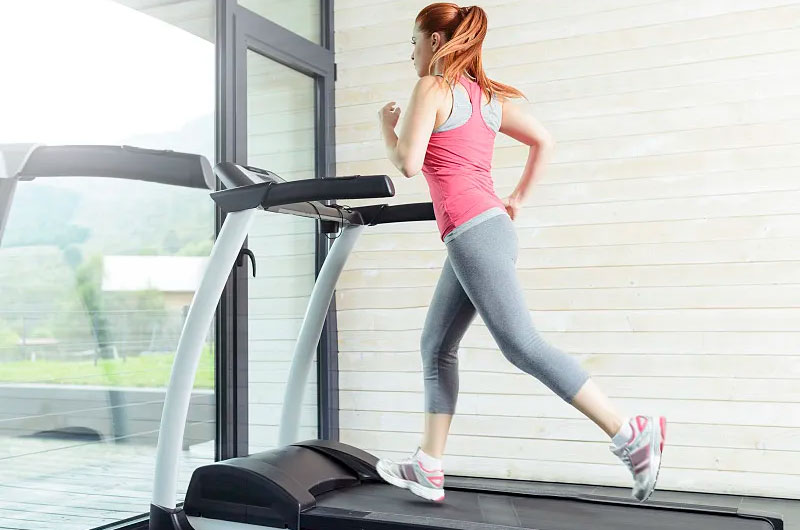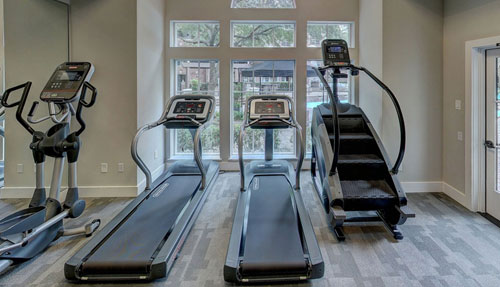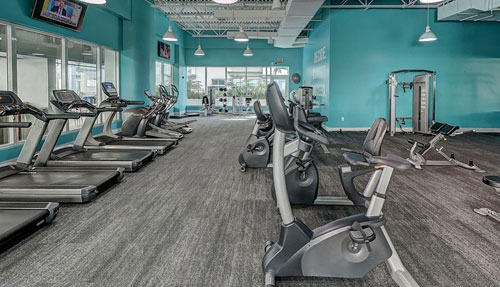Difference between commercial Treadmill and home
May 24, 2023If you are looking for a treadmill to use at home, you might be wondering what is the difference between a commercial treadmill and a home treadmill. A treadmill is a machine that allows you to run or walk indoors, simulating the motion of outdoor running. Treadmills can vary in size, quality, features, and price, depending on whether they are designed for commercial or home use. In this article, we will explain some of the main differences between commercial and home treadmills, and help you decide which one is more suitable for your needs.
Commercial treadmills are designed for heavy use in gyms and other commercial settings. They are built to withstand more wear and tear than home treadmills. That makes a commercial treadmill more durable and robust, but also more expensive and bulky.

Some of the characteristics of commercial treadmills are:
Heavier and larger frames for strength, stability, and higher user weight capacity. Many commercial treadmills weigh 400 lbs. or more, while the most high-end residential units are around 300 lbs. and low-end treadmills can be 200 lbs. or less.
Thicker and longer running belts for more comfort and safety. Commercial treadmills usually have belts that are at least 20 inches wide and 60 inches long, while home treadmills can have belts as narrow as 16 inches and as short as 50 inches.
Larger and heavier rollers for smoother operation and less maintenance. Rollers are the cylindrical parts that move the belt along the deck. High-end home treadmills usually come with rollers in the 2. 5-3 inch range, whereas commercial treadmills often use 3-3. 5 inch rollers.
Thicker and stronger running decks and cushioning systems for better shock absorption and durability. Commercial treadmills utilize a thick running deck and an advanced cushioning system designed to withstand prolonged use.
More powerful and reliable motors for higher speed and performance. Commercial treadmills typically have motors that range from 3 to 5 horsepower(HP), while home treadmills usually have motors that range from 1. 5 to 3 HP.
More advanced and varied features and programs for more functionality and customization. Commercial treadmills often have features such as heart rate monitors, fans, speakers, USB ports, touchscreens, internet connectivity, interactive workouts, etc.
Home treadmills are designed for personal use in single-family homes. They are made for less frequent and less intense use than commercial treadmills. That makes a home treadmill more affordable and compact, but also less sturdy and durable than a commercial treadmill.

Some of the characteristics of home treadmills are:
Lighter and smaller frames for easier storage and portability. Some home treadmills are offered in both folding and non-folding models. Folding treadmills can be folded up when not in use to save space, while non-folding treadmills are more stable but take up more room.
Thinner and shorter running belts for lower cost and weight. Home treadmills usually have belts that are between 16 to 20 inches wide and 50 to 60 inches long, depending on the price range and quality of the treadmill.
Smaller and lighter rollers for lower cost and weight. Home treadmills usually have rollers that are between 1. 5 to 2. 5 inches in diameter, which can affect the smoothness and longevity of the belt.
Thinner and weaker running decks and cushioning systems for lower cost






